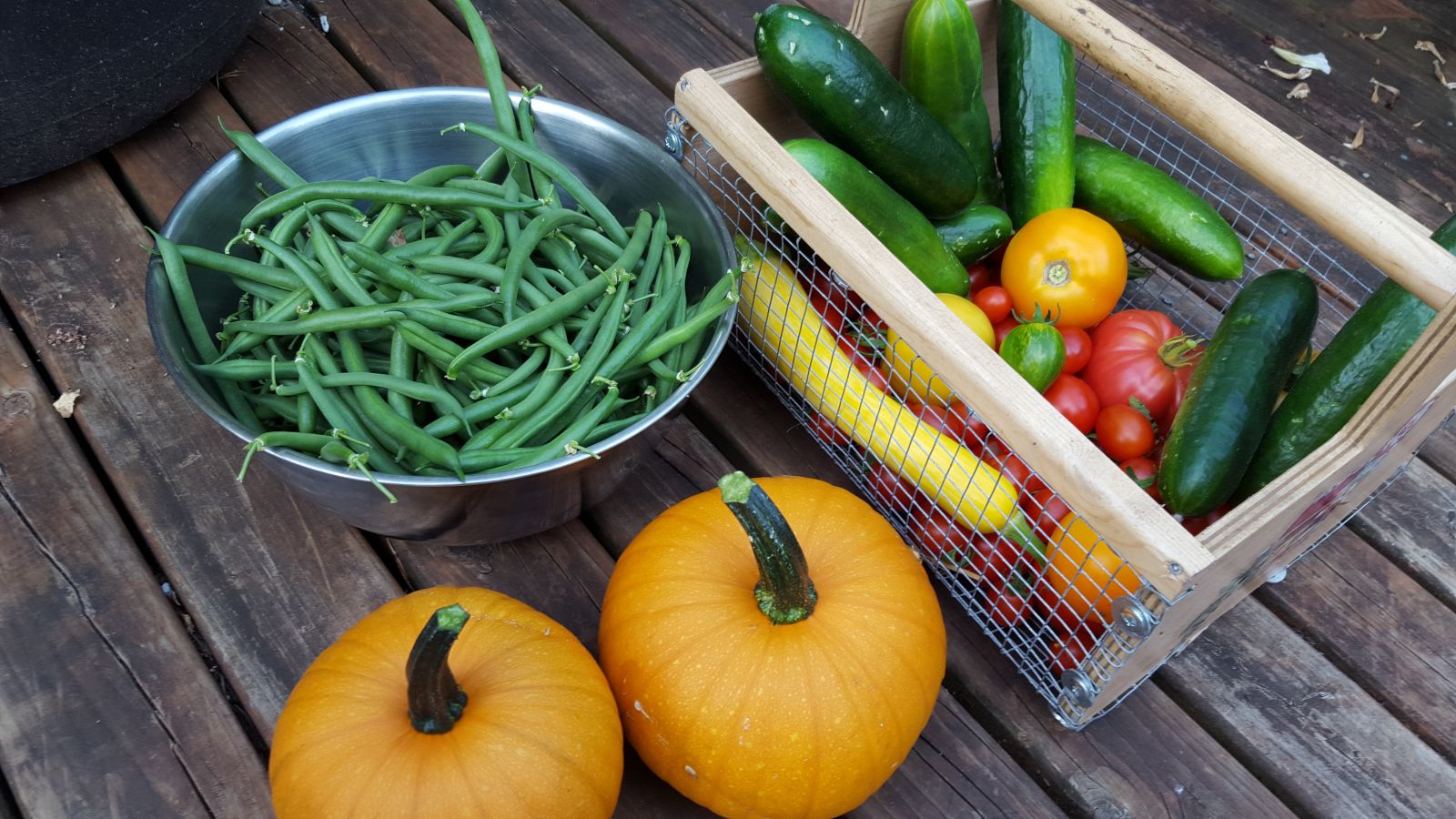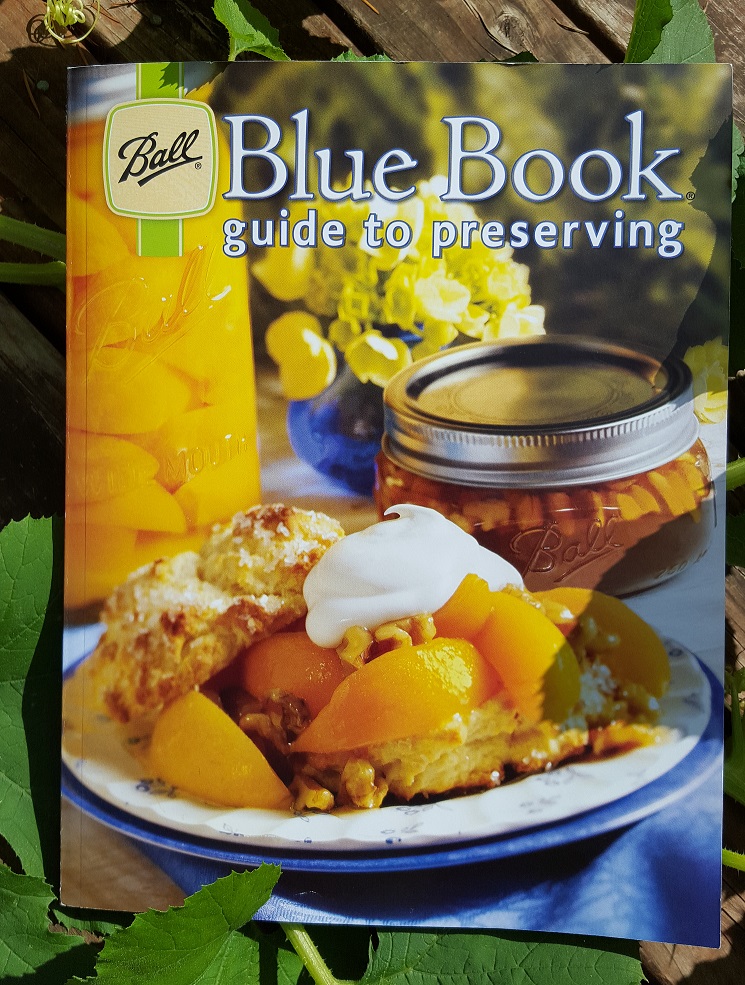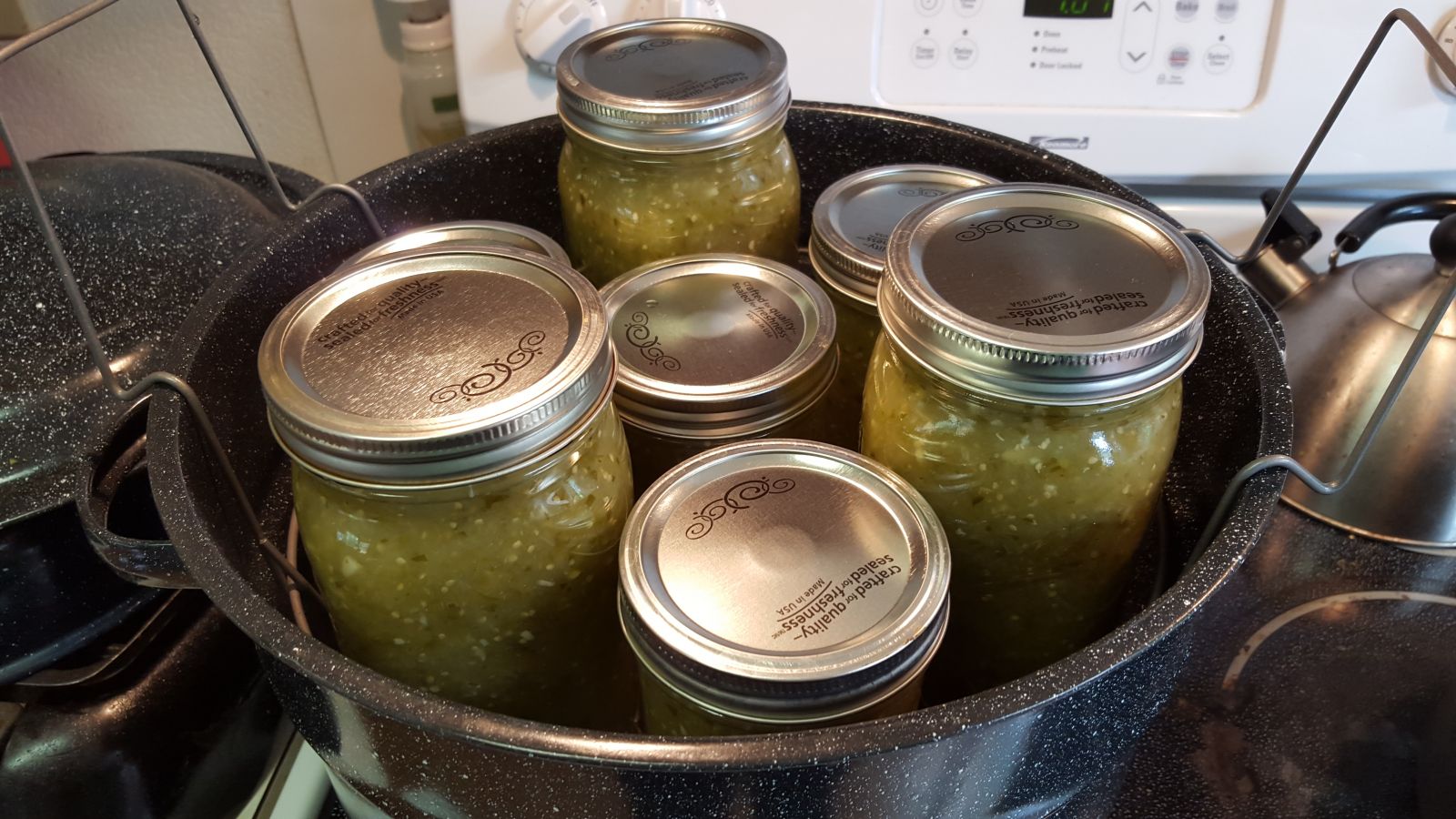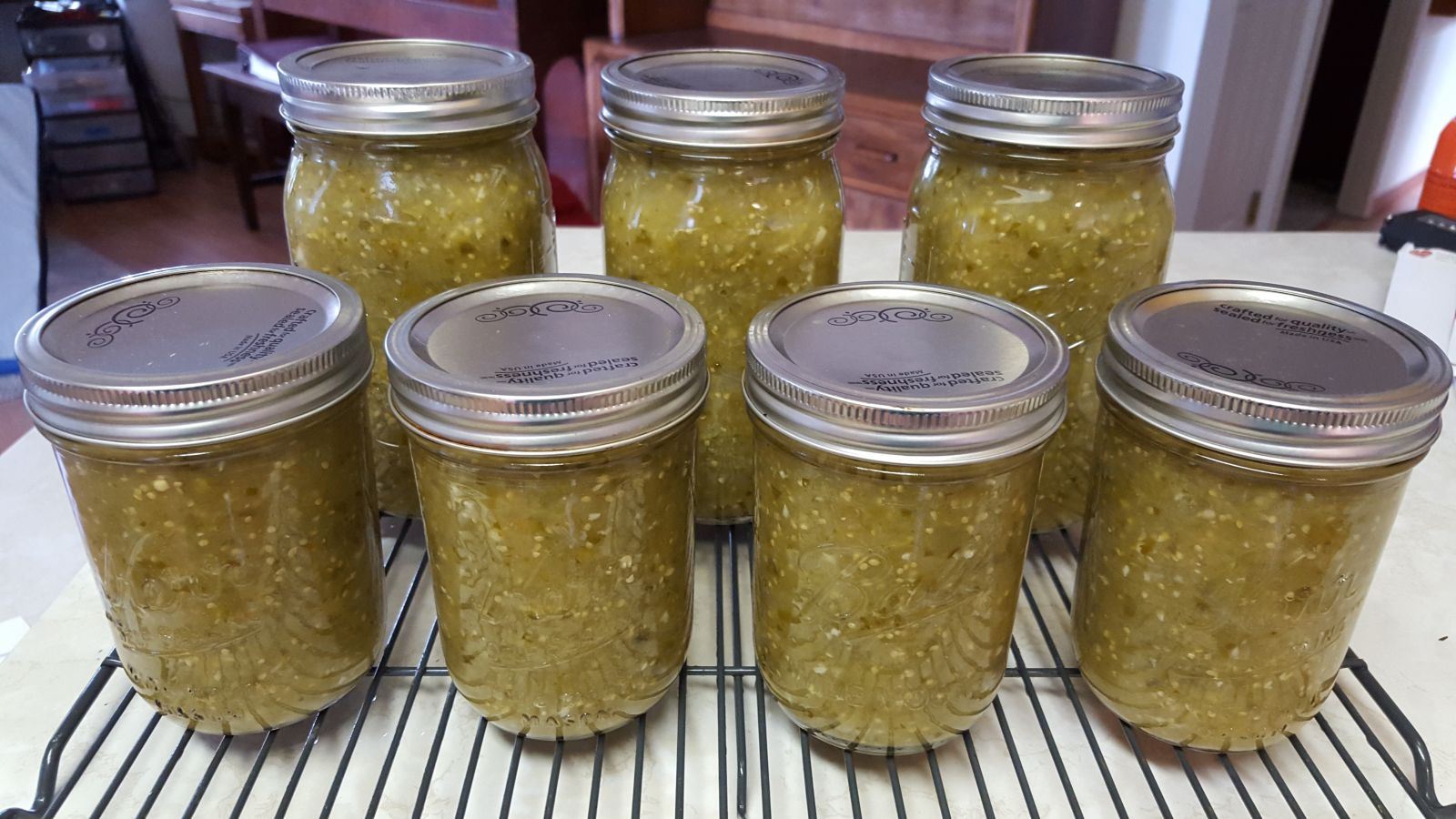Preserving the Taste of Summer

 If you’ve had a successful garden this year (or a successful trip to the farmer’s market, fruit stand, or even your own grocery store!) you might be wondering what you are going to do with the bountiful freshness that is starting to slip away as the days are growing shorter and colder.
If you’ve had a successful garden this year (or a successful trip to the farmer’s market, fruit stand, or even your own grocery store!) you might be wondering what you are going to do with the bountiful freshness that is starting to slip away as the days are growing shorter and colder.
When I was growing up, preserving our harvest took up a good portion of my summers. I remember sitting around the kitchen table peeling pears, blanching and cutting corn off the cob, getting an apple facial making mom’s famous applesauce, and wondering just how peach juice got on the ceiling.
 Preserving at home allows you to harvest at the peak of freshness and nutritional quality and be able to enjoy those flavors throughout the year. But preserving your food is not some nostalgic endeavor one should engage in just to reconnect with the past. Food preservation must be done with care. Improperly preserved food can lead to serious illness and even death.
Preserving at home allows you to harvest at the peak of freshness and nutritional quality and be able to enjoy those flavors throughout the year. But preserving your food is not some nostalgic endeavor one should engage in just to reconnect with the past. Food preservation must be done with care. Improperly preserved food can lead to serious illness and even death.
I still remember a scary time when a neighbor tasted a bean she thought may have gone bad. She ended up in the hospital for an extended period of time, nearly losing her life. I don’t share this to scare you away from preserving your own food, but so you realize it is not something to be taken lightly. With proper care and education, you can be sure that you safely preserve your harvest.
 First, be sure to learn about modern food preservation techniques. Earlier this year I took the online course “Preserve the Taste of Summer.” This is an inexpensive course that can teach you the basics of all forms of food preservation, including canning, freezing, drying, fermenting, pickling and more. While my mom’s methods may still work, I wanted to be sure that I use the safest, most up-to-date methods to keep my family safe.
First, be sure to learn about modern food preservation techniques. Earlier this year I took the online course “Preserve the Taste of Summer.” This is an inexpensive course that can teach you the basics of all forms of food preservation, including canning, freezing, drying, fermenting, pickling and more. While my mom’s methods may still work, I wanted to be sure that I use the safest, most up-to-date methods to keep my family safe.
You can also get reliable, science-based information from the National Center for Home Food Preservation, the Ball Blue Book Guide to Preserving, and the USDA Complete Guide to Home Canning. Whatever you do, it would be advisable to NOT use an untested, outdated recipe from your great-grandma, no matter how much the family liked it.
 Another important factor to consider is freshness. One should preserve food as soon as possible after harvest. This means you’ll need to plan ahead and reserve several hours for the process. Don’t buy green beans at the market on Monday if you won’t be able to can or freeze them until Saturday, as they will lose a significant amount of their nutrients.
Another important factor to consider is freshness. One should preserve food as soon as possible after harvest. This means you’ll need to plan ahead and reserve several hours for the process. Don’t buy green beans at the market on Monday if you won’t be able to can or freeze them until Saturday, as they will lose a significant amount of their nutrients.
If preserving food isn’t your cup of tea, don’t worry! You can still get farm-fresh preserved foods year round at your local grocery store. In January, believe it or not, the freezer and canned food sections will likely have higher-quality and more nutrient-dense fruits and vegetables than those shipped in from the southern hemisphere.
Farmers and food processors have long known the importance of preserving food immediately after harvest for the highest quality. Did you know that most frozen, canned, or otherwise preserved crops are processed within as little as 2 hours after harvest? Check out some of the segments from our television show, Washington Grown, which give a glimpse into the food processing side of agriculture to get a better understand of just how quickly our farmers’ fresh food is preserved for enjoyment throughout the year.
